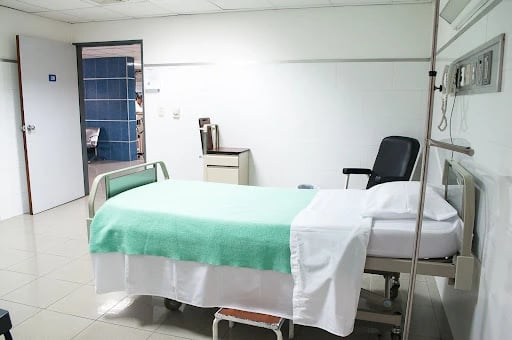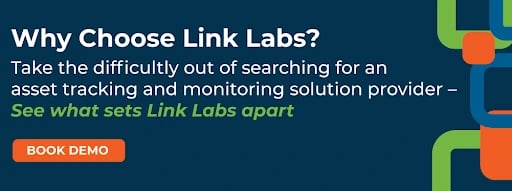As helpful as hospitals are, patients don’t want to stay there long. According to the Agency for Healthcare Research and Quality (AHRQ), the average length of stay (LOS) is 4.7 days. Unfortunately, hospital stays are sometimes unnecessarily prolonged. Prolonged hospital stays increase patients’ risk of healthcare-acquired infections (HAI) and place greater strain on healthcare providers. Thankfully, IoT technology can reduce LOS and improve the overall patient flow of the patient’s journey from admission to discharge.
How Can IoT Help Schedule Appointments?
IoT-enabled telehealth and remote monitoring can reduce inpatient admissions, and Artificial Intelligence (AI) can automate administrative procedures.
Reducing Admissions
Wearables, trackers, and other real-time location system (RTLS) devices used in IoT technology equip healthcare providers to monitor patients. The preventive strategies telehealth enables can reduce hospital admissions and help patients proactively manage their conditions. As technology bridges the distance between healthcare providers and patients, patients in rural communities can have instant access to the care they might not otherwise receive.
Automating Scheduling
AI can automate administrative procedures such as checking in, checking out, and scheduling. These automated procedures create a more efficient environment and faster throughput. IoT devices can update information on admissions, discharges, and bed availability in real-time, streamlining patient flow. AI can also track patterns in admission information over time, helping hospitals predict upticks in volume.
How Can IoT Tighten Up Non-Clinical Services that Support Patient Care?
Monitoring Patients
IoT devices can monitor nearly every step of the patient’s journey. Tracking patient flow helps healthcare providers identify areas of inefficiency. These devices can also immediately alert medical professionals about changes in a patient’s condition.
Monitoring Personnel
IoT devices can monitor personnel. Whether used to locate staff, monitor hygiene procedures, or quickly transfer information, IoT technology can increase staff efficiency and improve care.
How IoT can Track and Streamline the Cycle-Time of Equipment
Time spent searching for medical equipment is time lost caring for patients. Asset tracking devices minimize search time and ensure that providers have the equipment they need, when they need it. Asset tracking improves inventory management, limits theft, and prevents hoarding. By being able to locate equipment at any given time and track its actual usage, healthcare providers can streamline the cycle-time of the overall treatment process and improve the cycle-time of equipment.
Join the AirFinder Difference!
- Innovation. Organizations can be freed up to innovate and bring more impactful products and services to market.
- Profitability. Increased profitability provides new opportunities to innovate and improve valuation.
- Digital Transformation. Discover competitive advantages, new revenue opportunities, improved customer relationships and increased efficiency.
How Can IoT Help with Discharge?
After discharge, many patients require follow-up care. Lack of communication between hospitals and other healthcare providers can lead to complications for the patient and potential readmission. Information aggregation from electronic health records (EHRs), made possible in part through AI, allows for patient information to be easily transferred from one facility to the next. Streamlined communication will improve patient care after discharge.
IoT devices give patients greater autonomy over their progress after discharge by allowing them to track their treatment and prescriptions. These devices can automate updates to healthcare providers and, for elderly or chronically ill patients, to caregivers. The real-time updates from IoT medical devices can reduce readmission rates and prevent future complications.
Do You Think Your Organization Can Benefit From an Asset Tracking Solution?
An RTLS solution can greatly benefit healthcare providers by ensuring that equipment is where you need it when you need it. If you’re interested in learning more about how the Link Labs AirFinder solution can help, book a demo today.






